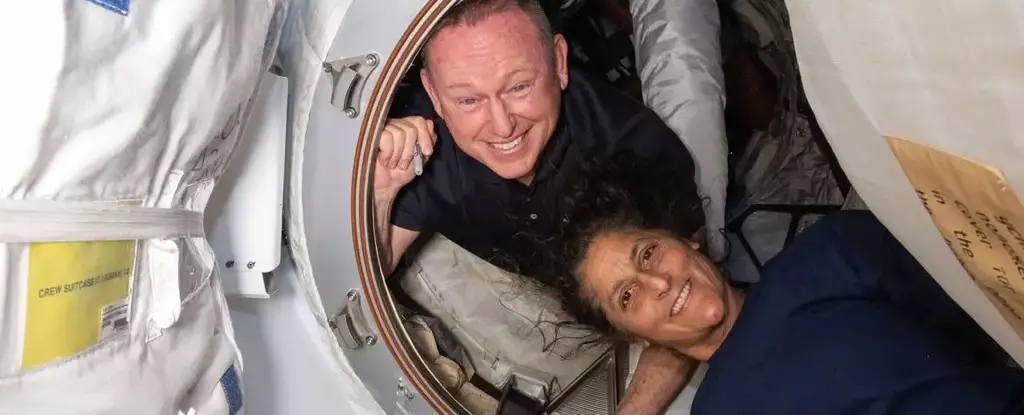The recent announcement by NASA that two US astronauts aboard Boeing’s Starliner will have to stay an additional six months at the International Space Station before returning to Earth with rival SpaceX has dealt a significant blow to Boeing’s reputation. The delay in the return of Barry “Butch” Wilmore and Sunita “Suni” Williams was caused by thruster malfunctions on the Boeing spacecraft, forcing NASA to make the difficult decision to keep them in space until February while the Starliner returns uncrewed. The ordeal has underscored the inherent risks of space flight, especially during test flights, and has raised serious concerns about the safety and reliability of Boeing’s spacecraft.
NASA Administrator Bill Nelson emphasized that the decision to extend the astronauts’ stay on the ISS and return the Starliner uncrewed was driven by a commitment to safety. He acknowledged the risks associated with space travel, even in the most routine missions, and stressed that the agency’s core value is ensuring the well-being of its astronauts. By opting for this unusual approach, NASA and Boeing aim to gather essential data on the Starliner while minimizing risks for the crew on their journey back to Earth. This cautious strategy reflects a desire to prioritize safety above all else, even if it means altering initial plans and timelines.
The extended stay of the astronauts on the ISS presents yet another challenge for Boeing, which has faced a series of setbacks and delays in its efforts to establish itself as a reliable player in the aerospace industry. Originally planned as an eight-day mission, the astronauts will now spend a total of eight months in orbit, highlighting the unpredictability and complexities of space exploration. Despite the difficulties encountered, NASA has expressed confidence in Boeing’s abilities and reiterated its commitment to collaborating with the company to ensure a viable transportation system to the ISS.
The decision to enlist SpaceX to bring back the stranded astronauts underscores the competitive landscape in the space industry, with Elon Musk’s company emerging as a dominant force in crewed space missions. While Boeing’s Starliner was meant to provide a viable alternative to SpaceX’s Crew Dragon, the recent setbacks have cast doubt on the spacecraft’s reliability. SpaceX’s involvement in the return mission highlights its established track record in ferrying astronauts to and from the ISS, further solidifying its position as a trusted partner for NASA.
As NASA and its commercial partners navigate the challenges of space exploration, the recent developments surrounding the Boeing Starliner mission serve as a reminder of the complexities and risks inherent in human spaceflight. The extended stay of the astronauts on the ISS underscores the importance of prioritizing safety and preparedness in all space missions, even those deemed relatively routine. Moving forward, NASA and its industry partners will need to address key issues, such as quality control and operational reliability, to ensure the continued success of crewed space missions to the ISS and beyond. The lessons learned from this experience will undoubtedly shape the future of space exploration and inform the development of innovative solutions to overcome the inherent challenges of venturing into the unknown.


Leave a Reply